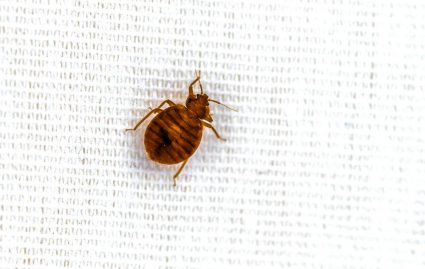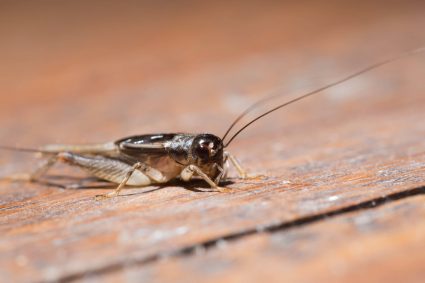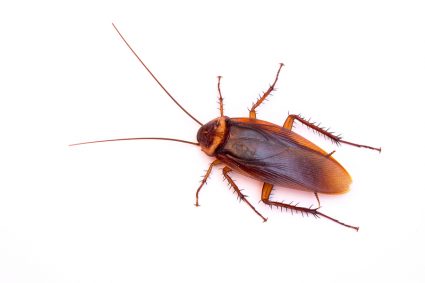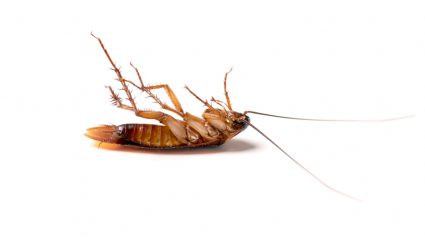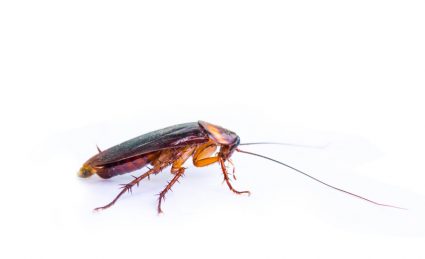
Fleas are small, flightless insects that belong to the order Siphonaptera. They are external parasites that live on mammals and birds, feeding on their blood. In this comprehensive guide, we’ll explore everything you need to know about fleas, from their physical characteristics to their life cycle, health risks, and effective methods of prevention and control.
Fleas are small, flightless insects that live as external parasites on mammals and birds, feeding on their blood. They are typically brown, have a flattened body, and are well adapted for jumping. Fleas are known to transmit diseases and can cause various health complications. Their life cycle consists of four stages: egg, larva, pupa, and adult. Flea infestations can be prevented and controlled through various methods such as flea collars, topical applications, oral medications, and regular cleaning.
Fleas: An Overview
Fleas are typically brown and have bodies that are flattened sideways or narrow. This allows them to move through their hosts’ fur or feathers. They lack wings, but their hind legs are extremely well adapted for jumping, enabling them to leap up to 50 times their body length. There are about 2,500 species of fleas that live as external parasites of mammals and birds. The three main species of flea that infest humans are the cat flea (Ctenocephalides felis), dog flea (Ctenocephalides canis), and human flea (Pulex irritans).
Fleas are known to transmit diseases such as tapeworm larvae and murine typhus, and they are notorious for transmitting bubonic plague from wild rodents to humans. Flea infestations can cause itching, redness, and swelling in both humans and animals, and secondary infections caused by scratching are common.
The Life Cycle of Fleas
The life cycle of a flea consists of four stages: egg, larva, pupa, and adult. The duration of the life cycle can range from a couple of weeks to several months, depending on environmental conditions such as temperature and humidity. After an adult female flea takes a blood meal from a host, it lays eggs in the host’s fur and surroundings. These eggs hatch into larvae, which are free-moving and feed on blood and flea feces to continue their development. After feeding, the larvae spin a cocoon and enter the pupa stage, where they remain protected until they emerge as adult fleas.
Health Risks and Complications
Flea infestations can pose several health risks and complications for both animals and humans. Some of the potential health issues associated with flea infestations include flea allergy dermatitis, anemia due to blood loss, tapeworm infestations, canine Bartonellosis, plague, flea-borne (murine) typhus, and cat scratch disease (CSD).
Signs of Flea Infestation and Identification
Common signs of a flea infestation include excessive scratching, hair loss, welts and red skin, bites around the ankles in humans, pale gums in pets, and the presence of flea dirt. Fleas are small, flat-bodied, and dark brown insects about 1-2mm in length. They are generally reddish-brown or black and have an oval shape. Fleas can often be found on a pet’s lower back near the base of the tail.
Effective Flea Prevention and Control
The most effective methods of flea prevention and control include flea collars, topical applications, oral medications, regular grooming, cleaning your home and yard, natural remedies, and the use of insect growth regulators (IGRs). It’s important to consult with your veterinarian to determine the best flea prevention and control methods for your specific pet and situation.
In conclusion, understanding fleas and their behavior is crucial in preventing and controlling infestations. By being vigilant, regularly checking your pets for fleas, and maintaining a clean environment, you can keep your home flea-free and your pets healthy.
Frequently Asked Questions
Can fleas survive on humans?
While fleas can bite humans, they cannot live on humans. Fleas prefer to live on pets like dogs and cats. Human skin does not provide the right environment for fleas to thrive.
How long can fleas live without a host?
Adult fleas can live for up to two weeks without a host. However, under ideal conditions, flea pupae can remain dormant for several months until a suitable host is found.
Can fleas transmit diseases between pets?
Yes, fleas can transmit diseases between pets. For instance, if a flea bites an infected animal and then bites another pet, it can transmit diseases such as Bartonella (also known as cat scratch disease) between them.
What’s the best way to get rid of fleas in your house?
The best way to get rid of fleas in your house is through a multi-pronged approach. This includes treating your pets with appropriate flea control products, vacuuming your home thoroughly to remove eggs, larvae, and pupae, and washing pet bedding in hot water. In severe infestations, you may need to use a flea control product specifically designed for home use or hire a professional pest control service.
Are there any natural remedies for flea control?
There are several natural remedies for flea control that some pet owners find effective. These include using essential oils like eucalyptus or lavender, diatomaceous earth, and apple cider vinegar. However, it’s important to note that these methods may not be as effective as commercial flea treatments, and they should be used with caution as some can be harmful if used improperly. Always consult with a veterinarian before trying any new treatment for your pet.


